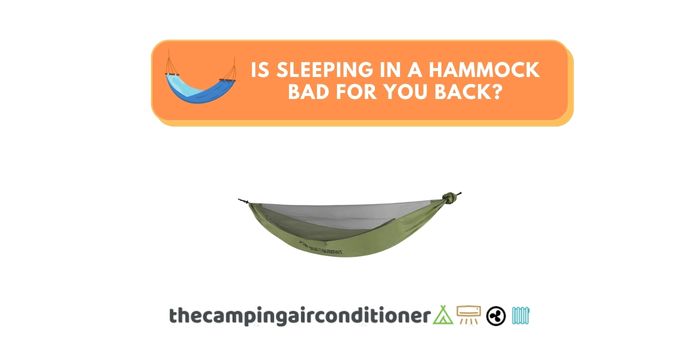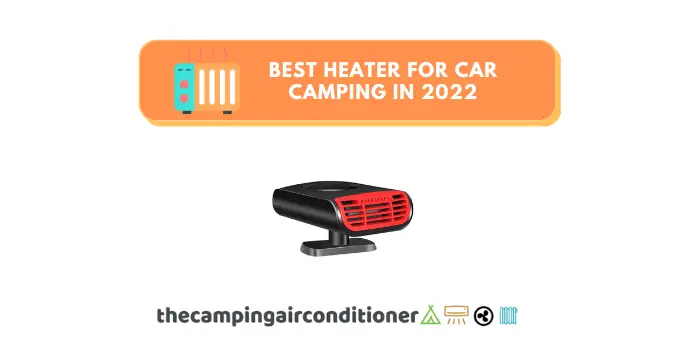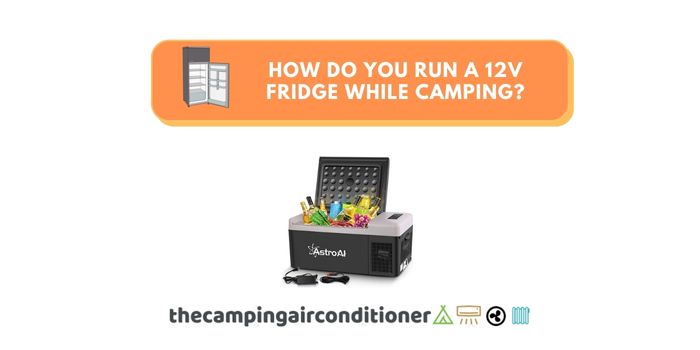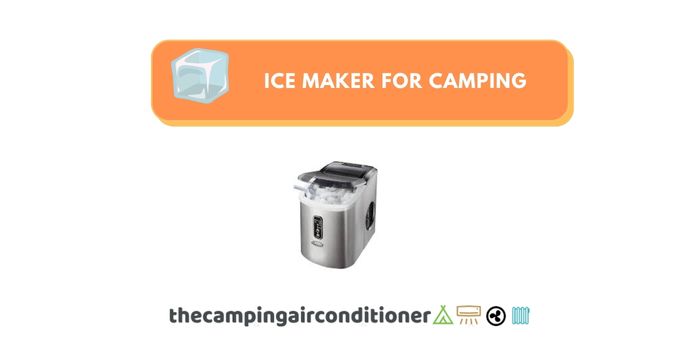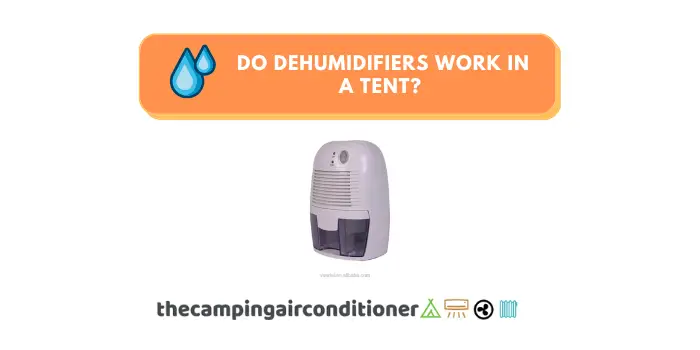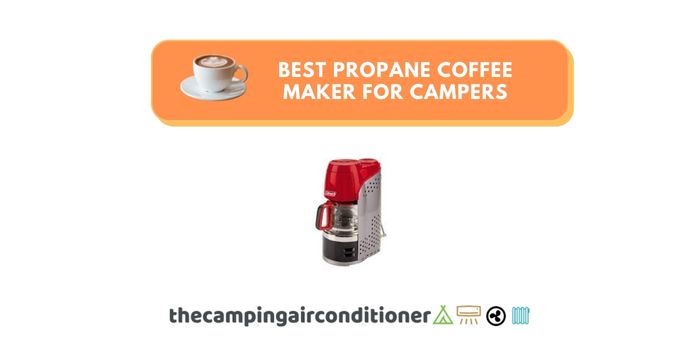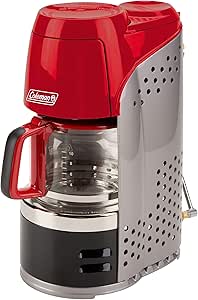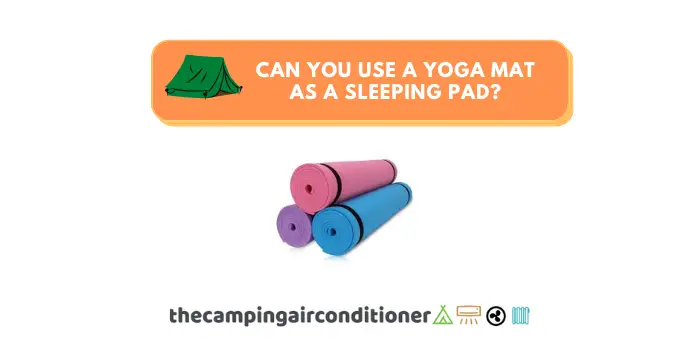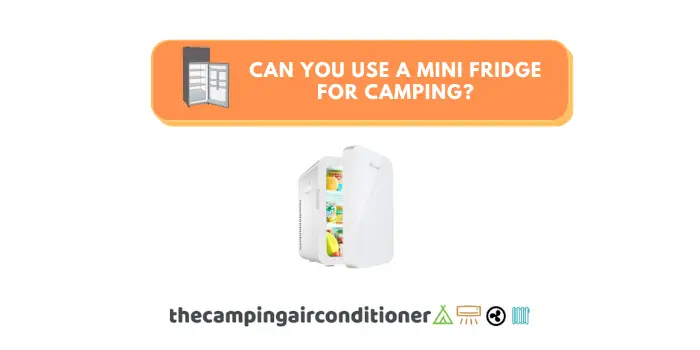How to Keep Your Hammock From Flipping in the Wind? (EXPLAINED)
Conveniently, the first time I tried to camp using a hammock, the weather conditions were pretty extreme. While it wasn’t raining or cold, the wind was really starting to pick up to the point where I felt like my hammock might flip during the night.
So it got me wondering: How do you keep your hammock from flipping in the wind?
After some research, I learned that the best way to prevent your hammock from flipping in the wind is to buy a heavy duty hammock, tie-down straps, and pick a more covered and wind-protected spot, where the wind isn’t going to be as strong.
Still, sleeping in a hammock while it’s windy can be dangerous, and for that reason, in this article, I will personally share with you some of the best ideas and tips that I have come up with both through personal experience and a lot of research on the topic.
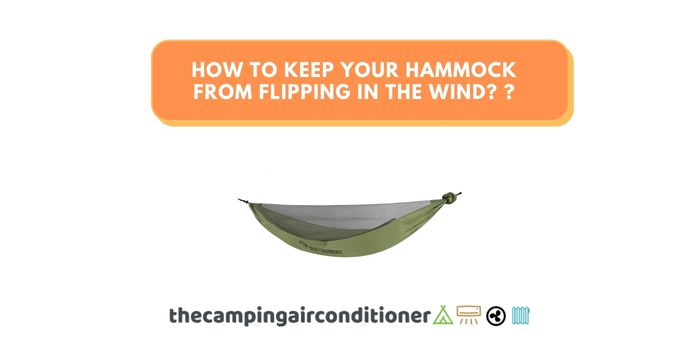
By the way, The Camping Air Conditioner is sponsored by readers. When you buy through one of our links, we may earn an affiliate commission at no extra cost to you.
Can You Use a Hammock in Windy Conditions?
Camping in windy conditions can be challenging, and, for your safety, you should put some measures in place to avoid unexpected incidents (by the way, you can read this article with tips on how to camp in windy conditions).
And you might want to think twice about sleeping in a hammock when the wind is blowing strongly! While there are definitely ways to set up the hammock so it won’t swing or flip, there are also some concerns about how comfortable you will be out in the open during a windy night.
For example, apart from harsh movements, these conditions can also lead to a freezing feeling (caused by the windchill effect). Of course, there are ways to stay warm in a hammock, even in cold conditions, but staying warm in a tent will be much easier.
But after I felt the freedom of hammock camping for the first time, I knew it was something I wanted to feel every camping trip. I still bring my nylon and compact hammock, even when tent camping!
So, if you’re like me and enjoy that kind of adventure, it might be fun to go hammock camping on a windy day, as long as you use some tricks detailed below.
However, keep in mind that there is a higher level of risk, and you will have to take some extra measures to ensure your safety and comfort on the trip. With that in mind, I also recommend bringing a tent insulator liner for hammocks so you can stay extra warm when it gets windy. Here’s the one that I always use.
- Lightweight and easy to carry around
- Durable and usable in any weather condition
- Features 10 reinforced tie-down grommets
- It can be used for hammocks, tents, sleeping bags, and more
Tips to Keep Your Hammock Stable While Camping
The right approach to stabilizing the hammock largely depends on the hammock you have, the current conditions of the campsite, and the campsite itself.
So, there will always be some trial and error when hammock camping. But here are some tips to smoothen out the process and make it easier for you to go hammock camping.
Choose the Right Trees
One of the reasons I found my hammock swinging so much on my second camping trip was because I didn’t secure it to the right trees. While the trees could definitely hold my weight, I noticed that they were facing in the direction the wind was blowing.
So, if I just positioned my hammock between different trees that weren’t as exposed to the wind, it would have made a huge difference.
So, before you start typing up your hammock and laying down, take a good look at the trees you’re tying them to. And if you notice a lot of wind blowing between them, it might be best to avoid those areas.
Avoid Hammocks with Spreader Bars
Feeling comfortable in a hammock while camping is as much about having the right hammock as it is about setting it up properly. While it might be tempting to use hammocks with spreader bars for more comfort, I don’t recommend bringing these models on your camping trip.
This is because spreader bars make the hammock more susceptible to wind. These hammocks can flip over with less movement than non-spreader bar hammocks. So, if you want to reduce the chances of flipping over in your hammock, staying away from spreader bars might be best.
We recommend using Wise Owl, which is lightweight, easy to carry, INCREDIBLY resistant to winds (and extremely affordable)
Find Good Cover and Protected Area
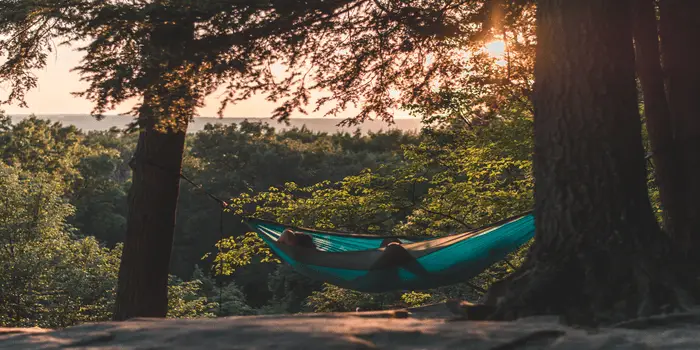
Use Tie-Down Straps
One of the best tips I can give you when it comes to hammock camping is using tie-down straps. These straps help secure your hammock to the ground when camping. That way, you don’t solely depend on the trees to keep you stable.
These straps work by securing your hammock to the hammock stand – you don’t end up flipping when the wind comes blowing! This not only keeps you safe but also ensures that you remain comfortable in your hammock.
Here is a very good and versatile option for hammock straps.
- These hammock straps work with all types of hammocks
- Equipped with carabiners and a carry bag for easy transport
- Highly adjustable
- Built to last a lifetime
How Windy is Too Windy for Sleeping on a Hammock?
From my personal experience, when the wind reaches speeds of around +40 miles per hour, it is unsafe to use a hammock even if you have used tie-down straps and have a heavy-duty hammock.
At that point, the risk is just not worth the reward of sleeping out in the wild, so you should avoid it at all costs.
That being said, if you don’t have a heavy-duty hammock, such as Wise Owl Models, and don’t plan on using tie-down straps, even at 20 or 30 miles per hour, things can get pretty dangerous. So, my best advice to you is to practice common sense and stay safe.
If you plan on camping in the summer like me and it’s windy, go for one of the best tents for hot weather. They’re safer than a hammock (when windy), and you can make them very comfortable to sleep in.
Conclusion
Hammock camping is a very fun experience that every camper should try at least once. But if you go camping in windy conditions, it can be hard to find the right balance between comfort and stability.
That’s why before you go on your next trip, make sure that you understand the tips in this guide to ensure that you feel safe and sturdy in your hammock, even when the wind starts to blow.
And once you do that, you’ll find yourself feeling more comfortable than ever. Make sure to note all of the tips from above as well as purchase the necessary gear that will allow you to have an enjoyable, and more importantly, safe camping trip.




